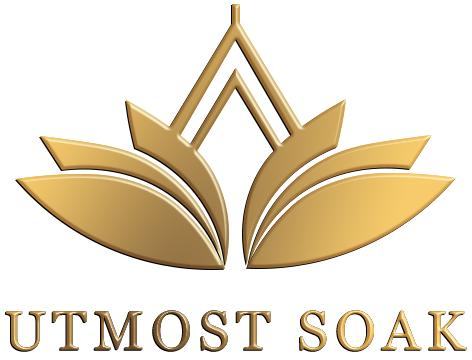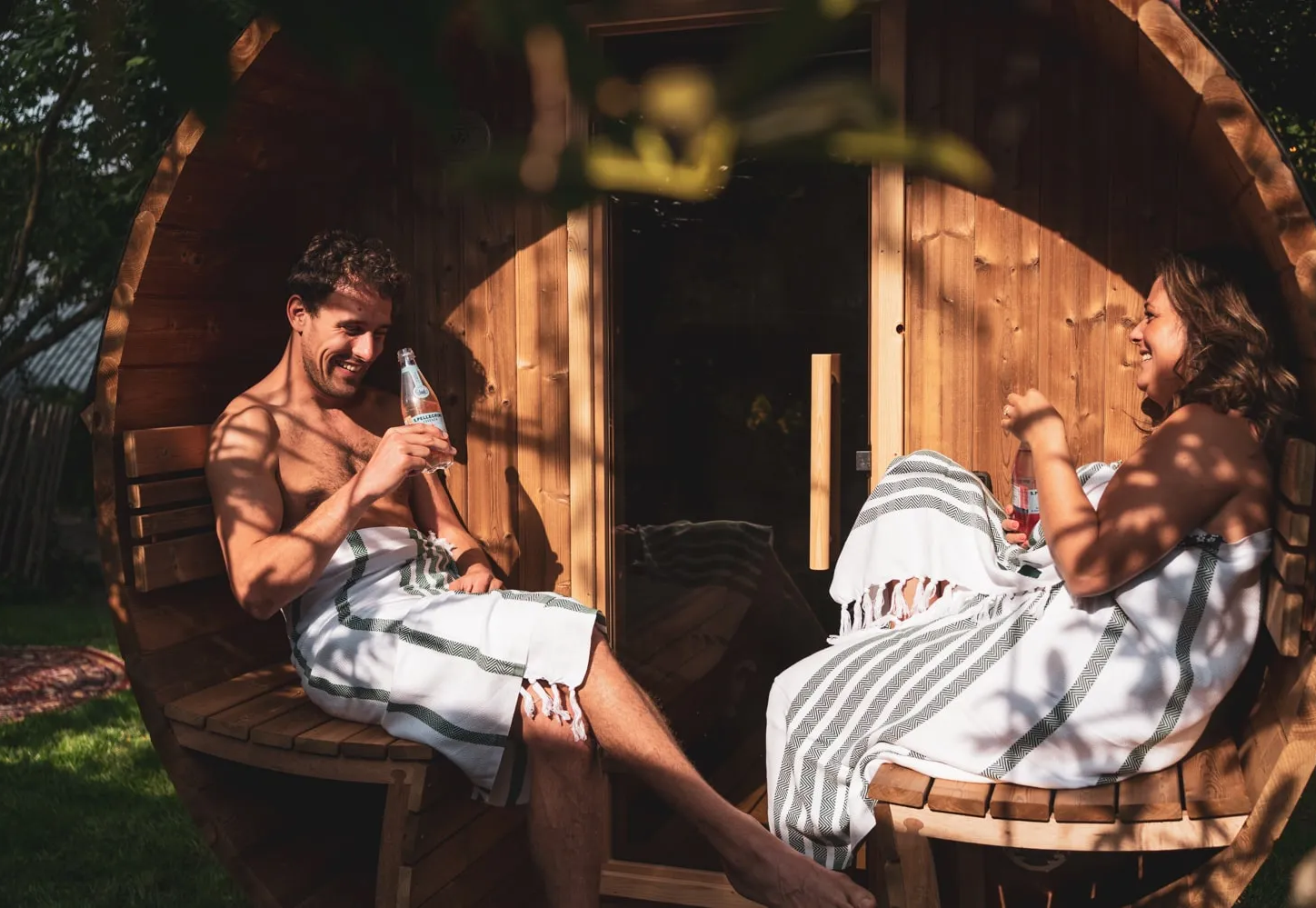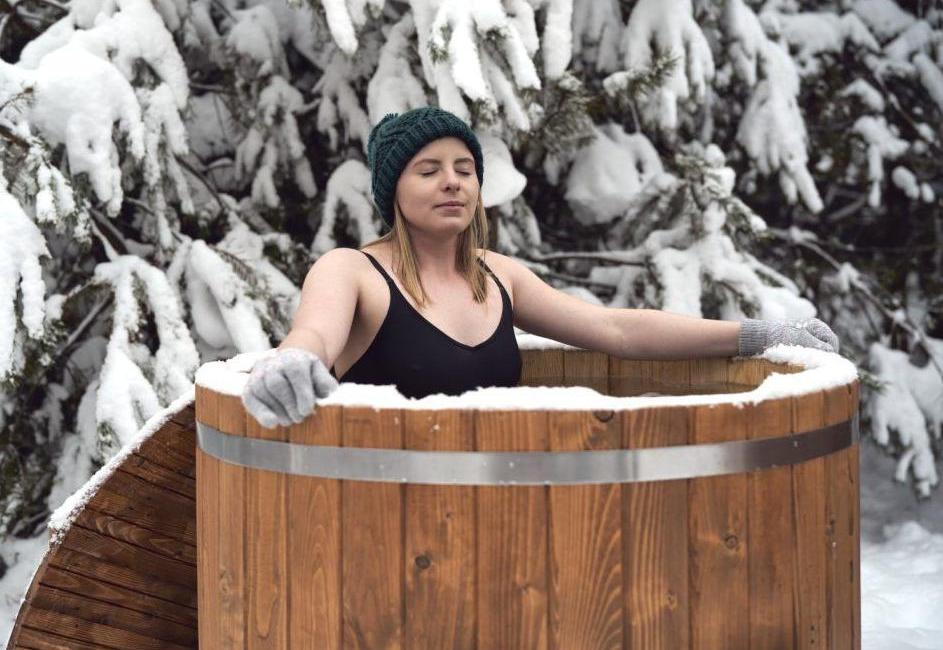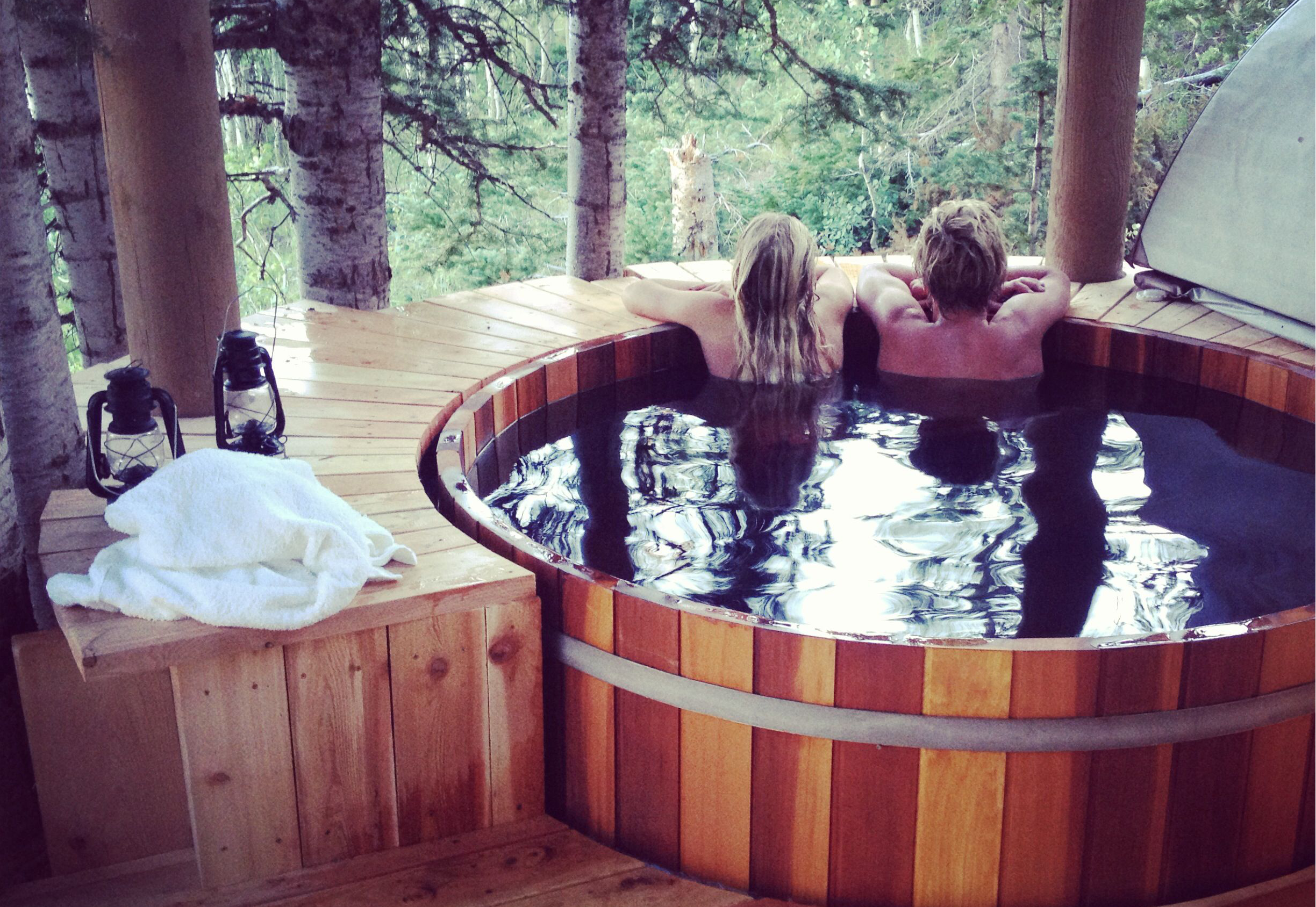Contrast therapy is a wellness practice that alternates between heat exposure (like a sauna) and cold exposure (such as a cold plunge or ice bath). This age-old practice has roots in Scandinavian traditions and has been embraced by athletes, wellness enthusiasts, and longevity researchers as a natural way to improve health,enhance recovery, and promote resilience.
Origins and Historical Context
While contrast therapy has gained significant popularity in recent years, it is far from new. The practice of moving between hot and cold environments has long been part of Scandinavian culture, particularly through the use of saunas and cold-water plunges. Indigenous cultures worldwide have utilized similar methods as part of their physical and spiritual healing processes. Today, it is supported by scientific research and widely used for both mental and physical health benefits.
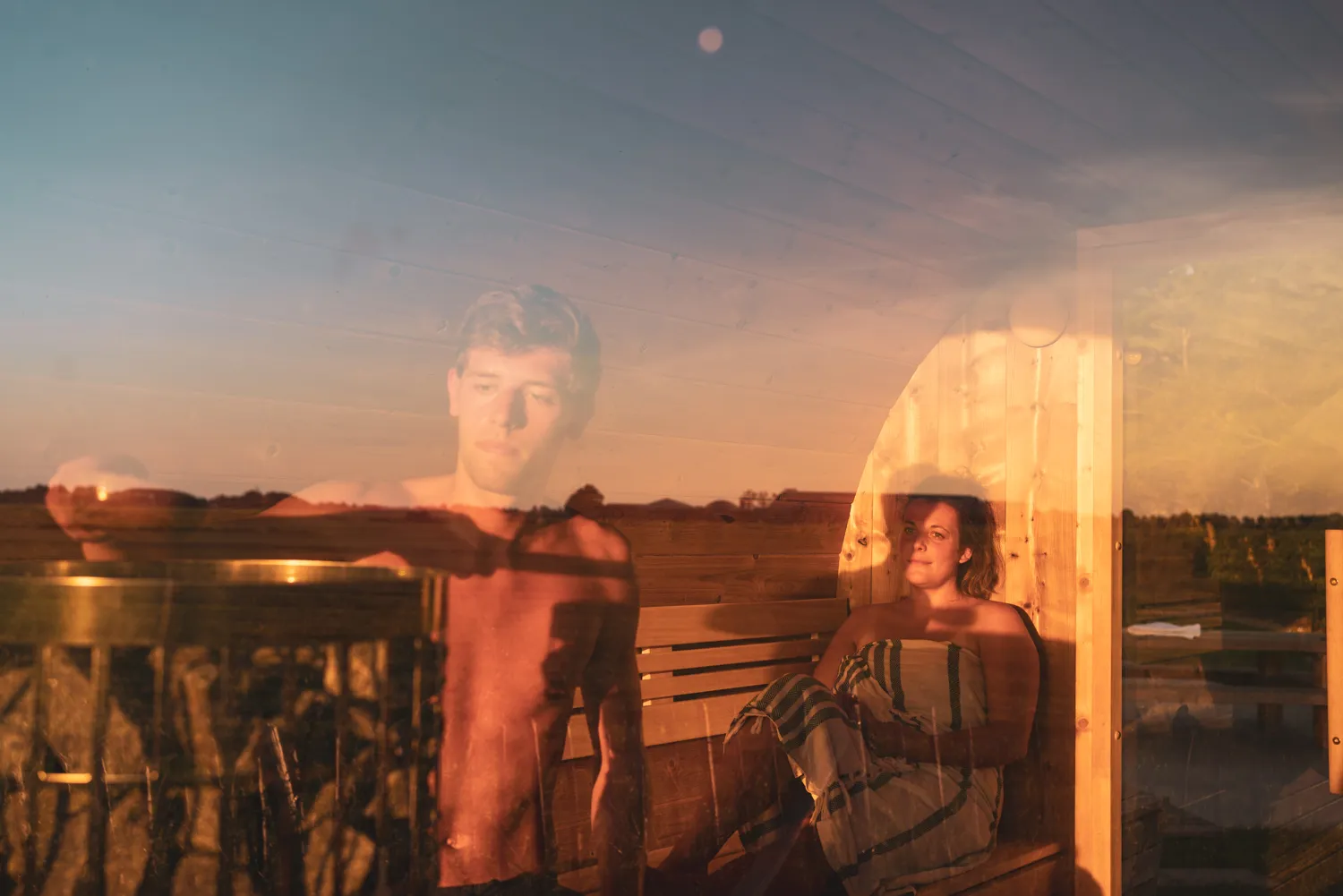
How It Works: The Science Behind the Practice
The alternation between heat and cold exposure in contrast therapy causes the body to move between vasodilation (expansion of blood vessels) and vasoconstriction (narrowing of blood vessels). This creates a pumping effect in the circulatory system, improving blood flow and reducing inflammation. Additionally, the practice engages the body’s autonomic nervous system, which helps reduce stress and increase overall resilience.
Contrast therapy triggers hormesis, a stress response in which the body adapts and strengthens through exposure to short-term stressors like extreme heat and cold. During heat exposure, the body produces heat shock proteins (HSPs), which assist in cellular repair, protect against oxidative stress, and enhance muscle recovery. Cold exposure, on the other hand, activates cold shock proteins, which play a crucial role in brain protection and cellular resilience. Together, these mechanisms boost circulation, enhance metabolic health, and speed up recovery, making contrast therapy a powerful wellness tool.
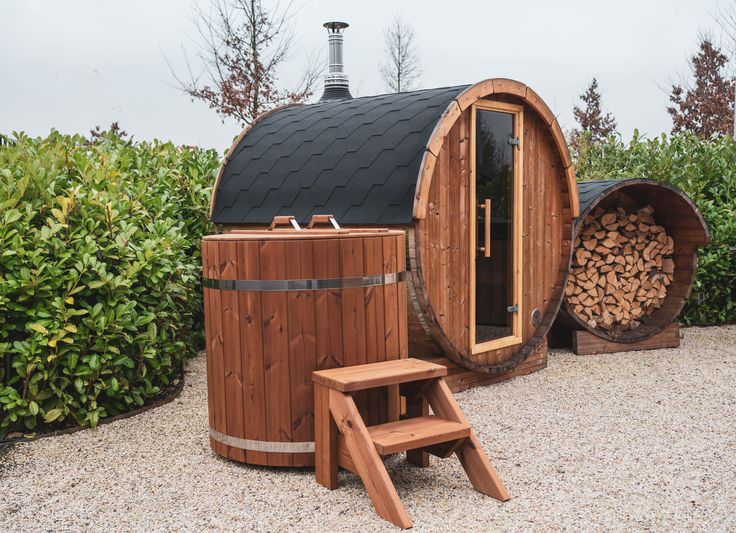
The Power of Combination: Sauna and Cold Therapy for Optimal Wellness
While both sauna use and cold plunging offer significant health benefits on their own, combining them as part of contrast therapy takes those benefits to another level. The alternating heat and cold create a more potent effect, amplifying the body’s recovery and adaptation processes.
Beginner Protocol: How to Get Started
Starting contrast therapy doesn’t need to be complicated. For beginners, a simple protocol would be:
*Sauna: 20 minutes at 60°C (140°F)
*Cold Plunge: 2 minutes at 6°C (42°F) Repeat this cycle twice if time permits.
Advanced Protocol: Taking it to the Next Level
For those accustomed to sauna and cold therapy, the advanced protocol offers a more intense challenge:
*Sauna: 25 minutes at 65-70°C (149-158°F)
*Cold Plunge: 3 minutes at 3-4°C (37-39°F) Repeat the cycle two or three times for maximum benefit.
Don’t Overthink It—Just Do It
If you’re feeling overwhelmed by the details, don’t stress! The key to contrast therapy is simplicity. You don’t need to measure every second—just listen to your body. Stay in the sauna until you’re hot, then plunge into the cold until you’re ready to get out. With consistency, you’ll experience the benefits that this ancient practice has to offer.
By incorporating contrast therapy into your routine, you’re building resilience, improving recovery, and supporting long-term health—all from the comfort of your own home or wellness space. Whether you’re new to it or looking to deepen your practice, the simplicity of alternating between heat and cold makes it an accessible and powerful wellness tool.
